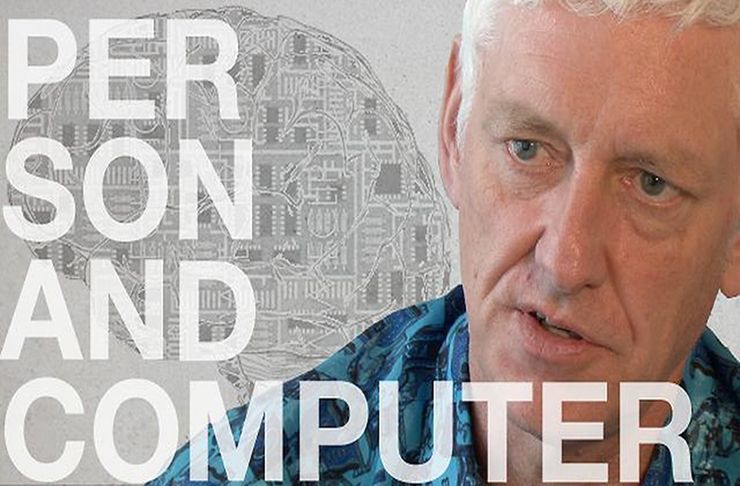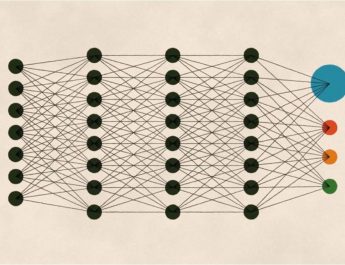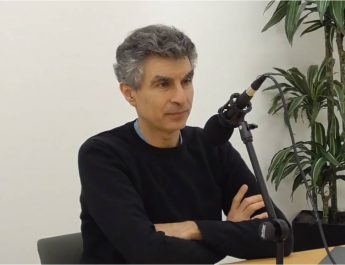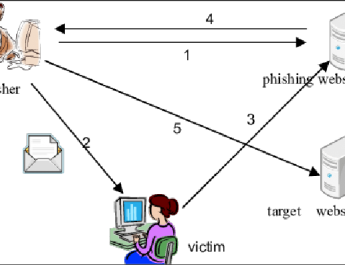Peter Norvig, Research Director at Google and one of the world’s leading experts on artificial intelligence, in conversation with Toby Walsh, UNSW Scientia Professor of Artificial Intelligence.
Artificial intelligence has for decades been confined to science fiction books and Hollywood blockbusters. But that is changing, and now we are seeing it improve the way people live, work and learn – A.I. is not a distant thing of the future, it is here today.
Google’s Peter Norvig has attended UNSW in Australia in 22 June 2017. He had a great conversation with UNSW’s Professor Toby Walsh about the fundamentals of AI and how it is changing the world we live in. He also mentioned deep learning and machine learning in this conversation.
Peter Norvig is a Research Director for Google and literally wrote the book on Artificial Intelligence (Artificial Intelligence: A Modern Approach, the leading textbook in the field). Prior to taking on that responsibility he led the group working on Google’s core search algorithms, and before that he was NASA’s senior computer scientist and head of the Computational Sciences Division at NASA’s Ames Research Center.

“We’ve put together the digital data. That wasn’t there before. The text, the video, the images, the computing power, a lot of the things that we tried back in grad school. We now have a hundred thousand times more computing power and so what we could do in an hour today took us with that would be what a decade back then and nobody had the patience to run their program for a decade. So we can do so much more now. We have better algorithms and so on and that gives us the capability to move the whole field faster.
I started out in language understanding and you know very laborious work.. one sentence at a time trying to get my system to understand it and now we do millions of pages at a time. We do that we do many tasks at the level of humans. We do image recognition at the level of humans both for very broad tests. What’s in this picture? Is that a cat, a dog, What kind of dog is it and for as we heard these very detailed type of. Here’s an x-ray.. What’s the diagnosis. Do I need surgery or not?
So all these capabilities are coming together to do things we could never do before and the field is just building on that success builds on a new one. So I’m just excited to see what’s going to come up next?”




